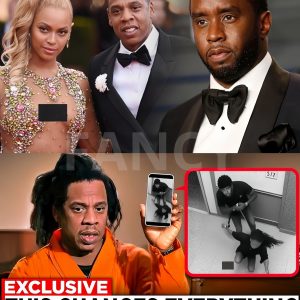The narrative that the U.S. Olympic team lost $60 million and four endorsement deals following Caitlin Clark’s removal from the roster has captured public attention, but it is essential to approach such claims with caution. The story, which quickly gained traction, was later debunked as a piece of misinformation originating from a satirical source. Despite its lack of truth, the story raises significant questions about the potential impact of athlete exclusion on sports teams, the power of misinformation, and the delicate relationship between sports organizations and their financial backers.
In an era where social media and digital platforms dominate the dissemination of news, misinformation can spread rapidly, often blurring the lines between reality and fiction. The claim that the U.S. team lost $60 million due to Caitlin Clark’s exclusion is a prime example of how easily false information can be accepted as truth. This incident illustrates the need for vigilance in verifying sources before accepting and sharing information, particularly in the high-stakes world of sports, where financial and reputational stakes are immense.
The speed at which the false narrative spread reflects broader societal challenges in discerning credible news. While satire and parody have their place in media, their content can easily be misconstrued, leading to unwarranted panic, outrage, or misinterpretation. This case highlights the importance of critical thinking and media literacy, especially among consumers of sports news.

Although the specific claim about Caitlin Clark was false, the broader topic of how athlete exclusion can affect a team’s financial standing remains relevant. High-profile athletes like Clark often serve as the face of their teams, attracting sponsorships and endorsement deals that are crucial to the team’s financial health. The removal of such an athlete, whether due to injury, disciplinary action, or other reasons, can indeed have a ripple effect on the team’s marketability and appeal to sponsors.
Endorsement deals are often tied to an athlete’s public image, performance, and popularity. When a star player is removed, companies may reconsider their investment, fearing a decline in public interest or negative publicity. While this was not the case with Clark, it is a scenario that has played out in various sports over the years, where the exclusion of key players has led to renegotiated or lost sponsorship deals.
The relationship between athletes, teams, and sponsors is symbiotic. Athletes benefit from the financial support and exposure provided by sponsors, while teams rely on these deals to fund their operations and maintain competitive rosters. Sponsors, in turn, seek to associate their brands with successful and popular athletes who can enhance their market visibility and drive consumer engagement.
When an athlete is removed from a team, this relationship can be jeopardized. Sponsors may question the team’s future performance and public perception, potentially leading to financial losses. Teams must navigate these challenges carefully, balancing the need to make decisions in the best interest of the team while managing the expectations and commitments of their sponsors.
The false narrative regarding Caitlin Clark and the U.S. Olympic team serves as a reminder of the complexities surrounding athlete exclusion and its potential financial implications. While the specific claim was debunked, it underscores the broader realities that sports teams face when key players are removed. The incident also highlights the dangers of misinformation and the importance of critical thinking in evaluating news.
As the sports world continues to evolve, the relationship between athletes, teams, and sponsors will remain a delicate balance, one that requires careful management and transparent communication. For fans and consumers of sports news, the Caitlin Clark case is a call to be more discerning in the information we accept and share, ensuring that we contribute to a more informed and accurate public discourse.






